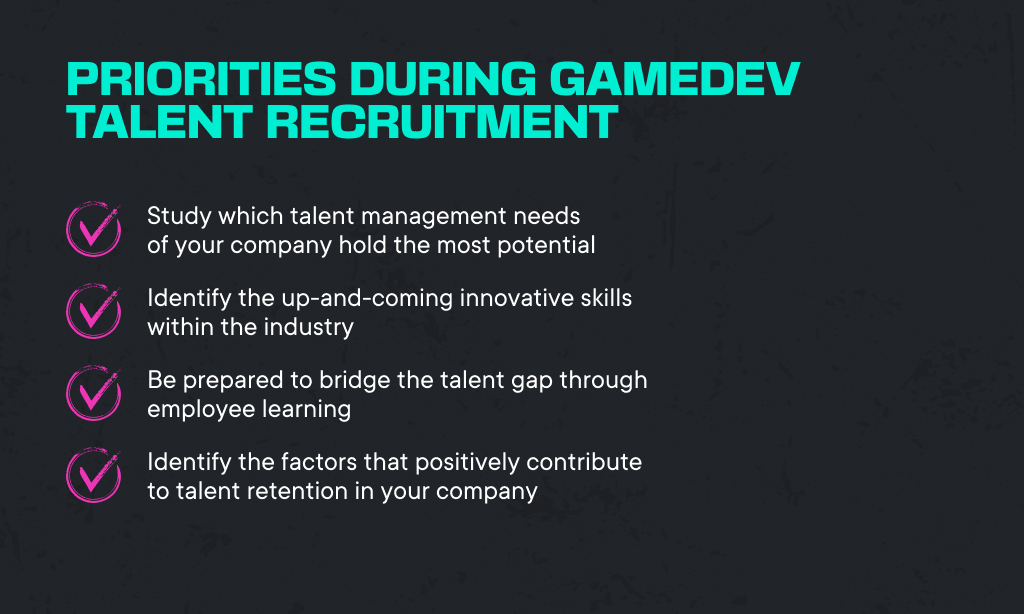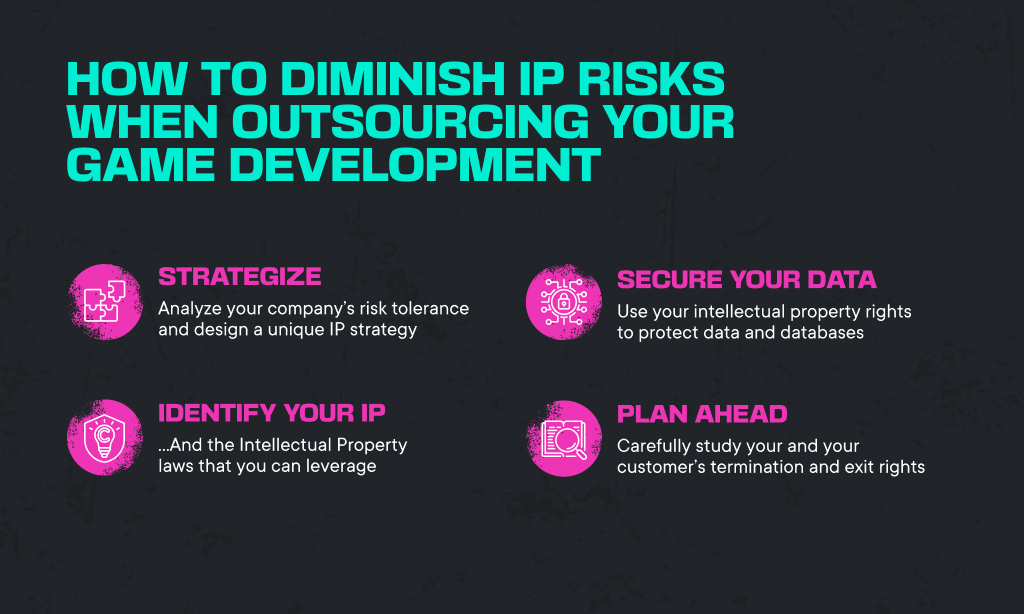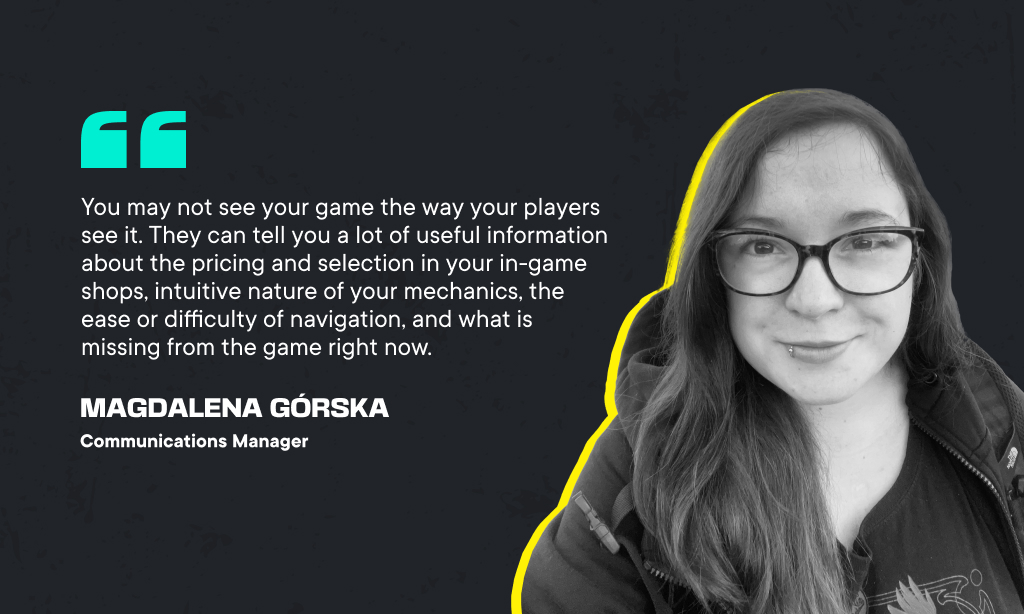In the entertainment industry, one behind-the-scenes narrative is sure to show up every several months regardless of content type, be it a show, or a movie, or a game. It goes: “the Good Version of this got lost in production hell”. The studio executives removed all the flavor from the initial concept art, or the initial version of a loved passion project received too many changes once the big guys got their say, – no matter the specific issue, all this leads right back to vision alignment. Pinning down what exactly your stakeholders want from you, all the while providing them with a wide selection of options on your side is a tough balancing act, especially when you seem to know exactly what your audience needs… But the clarity is worth the effort, if you want to spend as little time as possible in the purgatory of unending edits.
Christopher Mifsud of Gamescom recommends having one person on your team as an assigned “central vision holder and decision maker”. This centralized approach might seem like a lot for one person, but it takes the pressure off the rest of the team, unifies your creative direction, and speeds up your decision-making as a result.
Positions well suited to take on this role are your Game Director, Producer, Lead Designer, Executive Producer, or somebody else with good leadership skills and solid understanding of your target audience. And, since with great power comes great responsibility, the employee in question will have to do the majority of back-and-forths with your main stakeholders and face the risk of becoming the scapegoat in case any serious miscommunications arise. Heavy is the head that bears the central vision – make sure to pick someone who performs well under stress.
Additional qualities to possess include Emotional awareness, Collaboration, Communication that connects, Adaptability, Creativity, and Critical analysis. Forbes advices to focus on Creativity and Communication that Connects specifically, if you want to elevate your soft leadership skills. While creativity is crucial for any type of innovation in the fast-changing environment of game development, the ability to communicate in a productive way is important to delegate your innovative ideas to the public.



